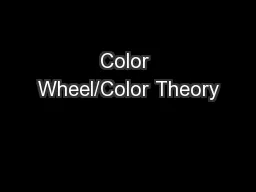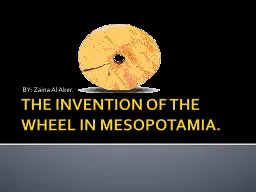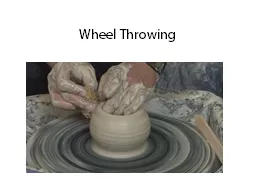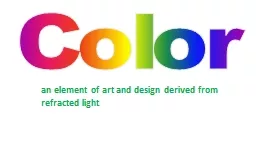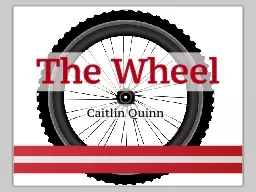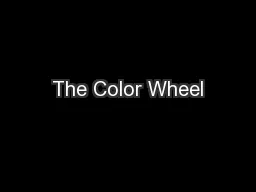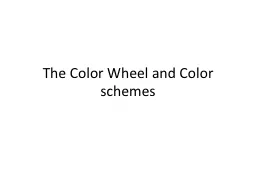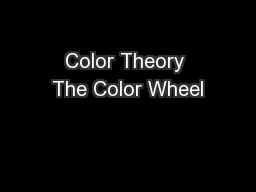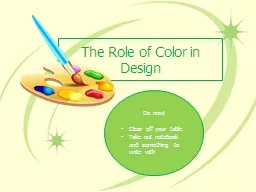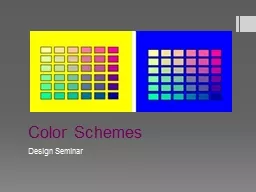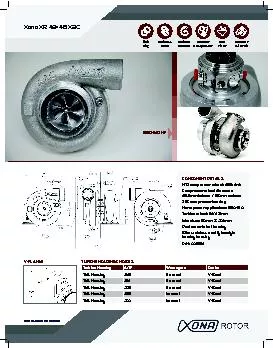PPT-Color Wheel/Color Theory
Author : sherrill-nordquist | Published Date : 2017-09-11
Art 1 Before we begin This project is very straightforward but there are a lot of details and directions There will be a lot of new terminology and techniques explained
Presentation Embed Code
Download Presentation
Download Presentation The PPT/PDF document "Color Wheel/Color Theory" is the property of its rightful owner. Permission is granted to download and print the materials on this website for personal, non-commercial use only, and to display it on your personal computer provided you do not modify the materials and that you retain all copyright notices contained in the materials. By downloading content from our website, you accept the terms of this agreement.
Color Wheel/Color Theory: Transcript
Download Rules Of Document
"Color Wheel/Color Theory"The content belongs to its owner. You may download and print it for personal use, without modification, and keep all copyright notices. By downloading, you agree to these terms.
Related Documents

